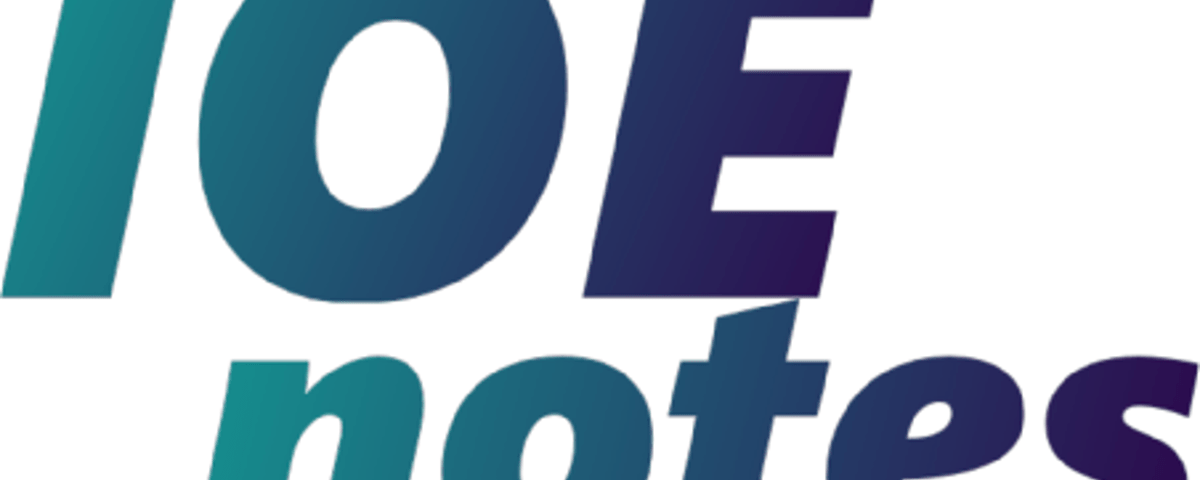Data Communication Question Set:
Syllabus of DC can be accessed from HERE.
- What is data communication?
- Identify and discuss different data transmission channels.
- How synchronous transmission differs from asynchronous transmission?
- What is X.25 and its use?
- What are the differences between FDM and TDM?
- What is circuit switching?
- What is packet switching?
- What is burst error? Explain.
- What is CRC? Explain with example.
- Discuss the error detection techniques.
- Discuss the error correction techniques.
- What is Hamming Code? Give example.
- Find the checksum for the following bit sequences. Assume 16 bit segment size
1001001110010011, 1001100001001101
- Explain the concept of redundancy in error detection.
- Assuming even parity and using VRC and LRC, find the redundant data unit for the following data units. 1001100101101111 -> direction of data.
- Assuming odd parity, find the parity bit for each of the following data units.
- 1001011 b. 0001100 c. 1000000 d. 1110111
- Explain the multiplexing technique that has multiple path.
- What are the characteristics, advantages and disadvantages of digital over
analog communication.?
- Explain different types of communication impairments.
- What is multiplexing?
- What is multiple access?
- What is entropy of an information source? Explain with example.
- Explain the concept of channel capacity with an example.
- What is channel coding? Explain the concept of error correcting codes.
- List different transmission media and their application merits.
- What is waveform coding? Explain the PCM coding.
- What is AM? Explain.
- What is FM? Explain.29. List different digital (modulation) encoding techniques and explain NRZ
coding.
- Explain RZ coding.
- Explain Bipolar AMI coding.
- Explain Manchester coding.
- Explain what is parity and checksum.
- Explain polar encoding techniques.
- Explain bipolar encoding techniques.
- Explain the digital hierarchy of T carriers.
- Explain the digital hierarchy of E carriers.
- Explain FDMA with example.
- What are the differences between TDMA-FDD and TDMA-TDD?
- Explain how SDMA is used in mobile communication system?
- What is frequency hopping? Explain with example.
- Explain the need of modulation and list various modulation techniques.
- What are the frequency bands of operation for communication satellites?
List the problems associated with satellite communication.
- What are the advantages of multimode optical fiber communication system?
- Explain the circuit switching operation.
- Consider four messages Q1, Q2, Q3, Q4 have a probability1/2,1/4,1/8, 1/8
respectively. Calculate average information.
- Find the capacity of a channel for a signal with a bandwidth of 4KH and
signal-to-noise ratio of 7dB.
- An audio frequency signal 10sin2π.500t is used for amplitude modulation
with a carrier of 50sin π.10 5 t. Calculate
- Modulation index.
E m /E c = 10/50
- Sideband frequency
fusb = 10 5 + 500, flsb = 10 5 – 500
- Amplitude of each sideband
mE c /2 = (0.2*50)/2 = 5 volts.
- Bandwidth requirements
2f m = 2*500
- Total power delivered to load 600Ω
P T = P C (1 + m 2 /2)
= (E C2 /2R)( 1 + m 2 /2)49. In a FM system, when the audio frequency is 500 Hz and modulating
voltage is 2.5V. The frequency deviation produced is 5KHz. If the
modulating voltage is increased to 7.5 V, Calculate new value of frequency
deviation produced.
If the audio frequency voltage is raised to 10V while modulating dropped to
250Hz. What is the frequency deviation? Calculate the modulation index in
each case.
2.5V -> 5K Hz => deviation rate = 5K Hz / 2.5V
7.5V ->∆f = 2*7.5KHz
10V -> ∆f = 2*10KHz = 20KHz
mf1 = ∆f/f m = 5/500 = 10
mf1 = ∆f/f m = 15/500 = 30
mf1 = ∆f/f m = 20/250 = 80
- Define modulation indices for AM and FM.
- Express Nyquist criteria for distortionless baseband / binary transmission.
- Compare PAM, PWM and PCM.
- Draw the block diagram of communication system and explain the function
of each block.
- Write short notes on the following.
- Parallel v/s serial interface.
- Simplex v/s duplex transmission mode.
- Polar v/s bipolar encoding
- Digital v/s analog modulation
- UTM v/s STP
- Fixed TDM v/s statistical TDM
- Guided v/s unguided transmission channel.
- Explain QAM transmitter and receiver block diagram

